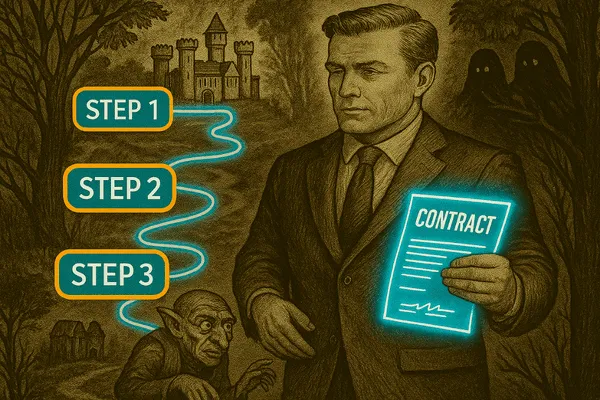
The 5 Steps We Used to Remove 84 Resellers for a $15M Brand in 6 Months
If you've stopped to read this, then you probably already know exactly what we're talking about here.
As Amazon has altered the e-commerce landscape over the last decade, brands have been forced to deal with a new challenge that didn't used to exist.
Virtually anyone with a few boxes of your products and a cell phone can go onto the Amazon Marketplace, create a Seller Central Account and sell your product at whatever price they want.
A race to the bottom on price ensues.
The result is a constant game of Whack-a-mole as brands try to shut down MAP violators and rogue sellers.
We have used the following 5 steps to help dozens of multimillion dollar brands control pricing, remove unauthorized resellers and take control on Amazon.
In this case, we'll use a $15M Auto Accessories Brand that we started working with in May of 2023.
Step 1: Full buy-in from the brand leadership
Most brands aren't willing to make this step. They're worried about hurting their distributor relationships and are terrified of what it will do to their sales numbers.
This is about committing to a long term initiative that includes short term bumps but ALWAYS leads to increased revenue and margin on the other side.
Step 2: Draft legal agreements for all the brand's authorized distributors.
Every distributor had to agree to require documentation from anyone buying 5 or more of the branded products certifying that they would not sell them on Amazon.
Following up all the way to signature is crucial here.
Check out our companion article that includes the template legal documents we use with our partners. Just copy and paste.
Step 3: Contact unauthorized 3rd party sellers.
A cease and desist letter rarely gets it done. Anyone who has done this for a while knows those just get ignored.
We tested multiple approaches and found the best results by threatening a "Formal IP complaint to Amazon and Counterfeit Crimes Unit (CCU)".
These were 3x more effective than a cease and desist letter.
Here's the link to another companion article that includes the exact template we use for this letter.
Step 4: Identify rogue distributors
After several months, Amazon themselves showed up on the Brand's listings with their own offer. This made no sense, as the brand hadn't sold product to Amazon 1P vendors in months. Where were they getting their inventory?
Every one of the brand's authorized distributors denied supplying product to Amazon 1P.
To find the offending distributor, we had to individually mark boxes with a special identifier that was unique for each distributor. Then we placed orders for Amazon's offer.
Busted.
Step 5: Enroll in Amazon Transparency Program
This has to be done carefully as the program is designed for removing counterfeit products, not unauthorized resellers. We use this as a last resort when we have exhausted all other measures.
The Result
1 authorized reseller (Online Selling Partner)
Buy Box price up by 44%
Monthly Revenue on Amazon increasing by 68% YOY
Another benefit that is difficult to quantify:
Retailers no longer have to worry about consumers finding a cheaper price on Amazon.
As a result, this Brand reports a radical shift in how it works with retailers.
They get more PO's with way less effort.